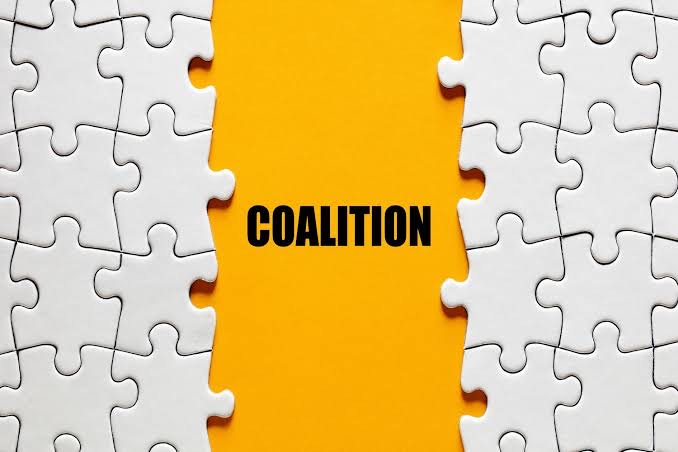The recent elections, with results having been declared on the 4th of June, are surprising for various reasons. The BJP was anticipating that it would win a 2/3rd majority without the support of the NDA, with politicians assiduously saying, ‘Ab ki baar 400 paar’. It is a surprise for both the BJP and the India Alliance, with the India Alliance having taken a leap and the BJP recording a reduction in its tally.
At the meeting of the NDA in New Delhi on June 5, the NDA chose Narendra Modi as the leader of the NDA, with the social media calling Nitish Kumar and Chandrababu Naidu the ‘Kingmakers’. What do coalitions entail for politics, and how will they have an impact on the political situation of the country, is an interesting question. Political parties have been important tools of interest articulation, and non-political associations have to pin their interests and issues through the political parties.

With the first general elections in 1952, the Indian National Congress clinched to power with a handsome majority because of the nationalist legacy of the party and the stalwarts that were in the party. Many would say that the period between 1952 and 1967 was an era of single-party dominance. But they are practically wrong; technically, it may have been so, but the great Indian political scientists like Rajni Kothari and C.
P. Bhambari has a point as to how this period too marked the competition between parties. The INC has been a catch-all party, drawing people from eve.
















